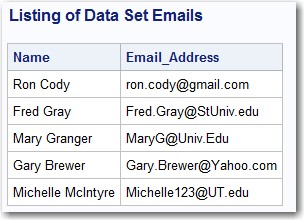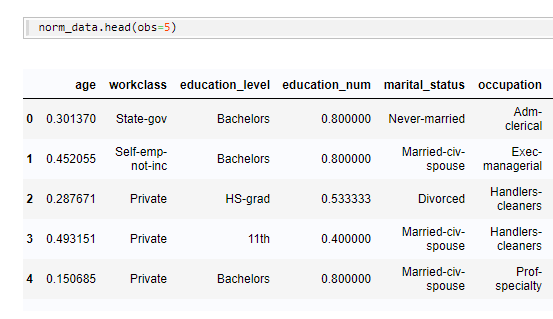SAS Users
Providing technical tips and support information, written for and by SAS users.
Are you ready to get a jump start on the new year? If you’ve been wanting to brush up your SAS skills or learn something new, there’s no time like a new decade to start! SAS Press is releasing several new books in the upcoming months to help you stay

2020 is here and systems that use 2-digit years in date values are getting confused. Do we mean 1920 or 2020? In SAS, the YEARCUTOFF= option lets you decide.

Did I trick you into seeing what this blog is about with its mysterious title? I am going to talk about how to use the FIND function to search text values. The FIND function searches for substrings in character values. For example, you might want to extract all email addresses

This article discusses how to use SAS to filter variables in a dataset based on the percentage of missing values or duplicate values. The missing value statistics can be implemented by either DATA step programming on your own or reusing the existing powerful PROC FREQ.

The next time you pick up a book, you might want to pause and think about the work that has gone into producing it – and not just from the authors.

Parts 1 and 2 of this blog post discussed exploring and preparing your data using SASPy. To recap, Part 1 discussed how to explore data using the SASPy interface with Python. Part 2 continued with an explanation of how to prepare your data to use it with a machine-learning model.





